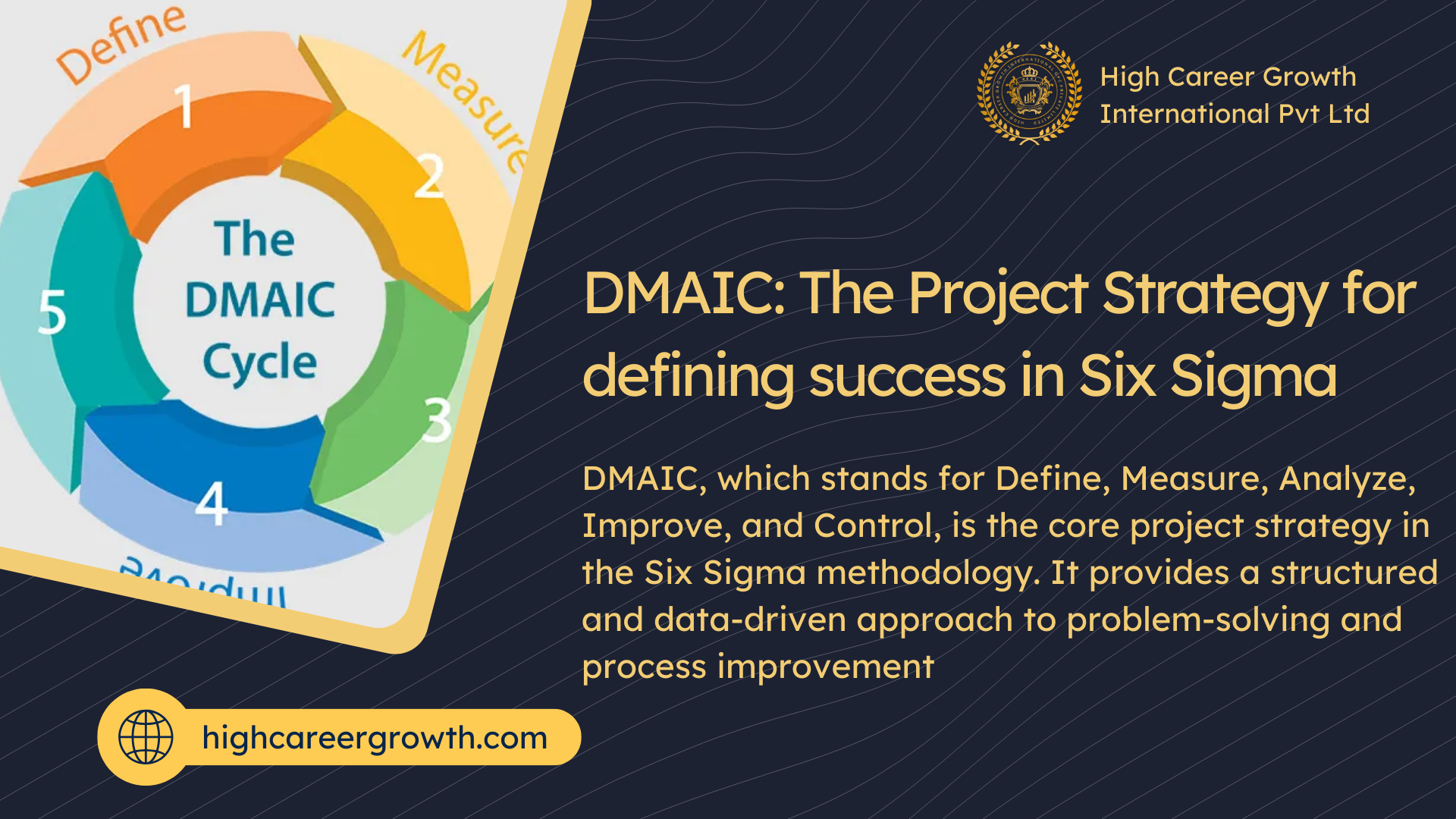Six Sigma influences the lives of people and is a forceful, directed regimen.. Unlike other business improvement activities, Six Sigma is not like vitamins as well as it is not an easy stuff. Six Sigma is an efficient annihilation of waste and wastefulness in a process or organizations.
At the business level, Six Sigma ventures are the players of a performance improvement activity. The business point of view is that Six Sigma venture is the operator of activity that executes the business methodology.
Every Six Sigma project follows a standardized and methodical method known as DMAIC (Define-Measure-Analyze-Improve-Control), a dignified problem- solving process. The DMAIC process can develop any type of process in any business to improve productivity and efficiency.
It refers to a data-driven improvement cycle used for improving, optimizing and stabilizing business processes and designs. The DMAIC improvement cycle is the primary instrument used to drive Six Sigma ventures. Nevertheless, DMAIC is not limited to Six Sigma, and it can be used as the outline for other development applications. DMAIC is explained in detail as follows;
- Define: Set the framework and objectives for the assignment.
- Measure: Get the baseline presentation and competence of the process or system being improved.
- Analyze: Use data and tools to recognize the cause-and-effect relationships in the procedure or system.
- Improve: Develop the amendments that lead to authenticated development in the process or system.
- Control: Establish strategies and techniques to ensure the improvements are continued.
DMAIC Improvement Methodology








